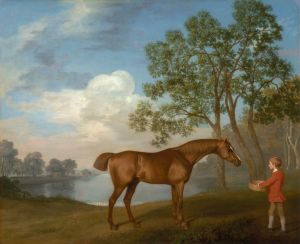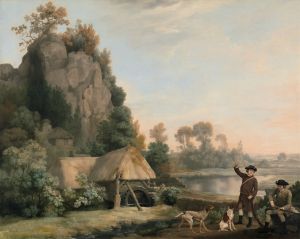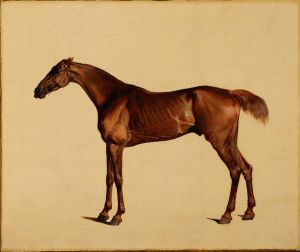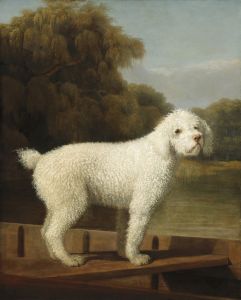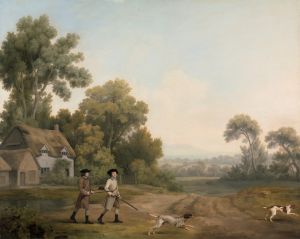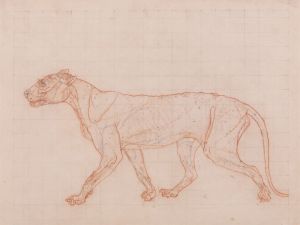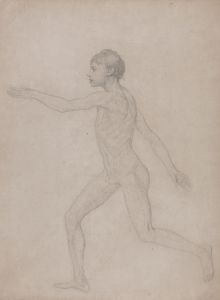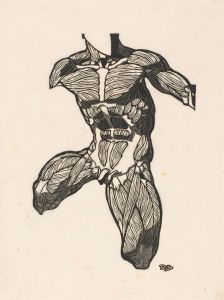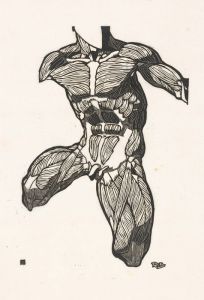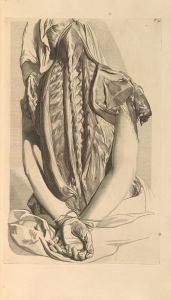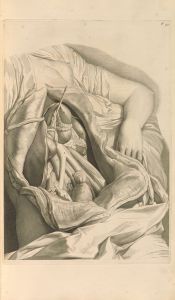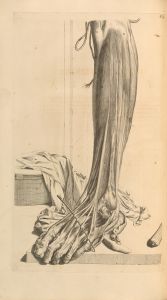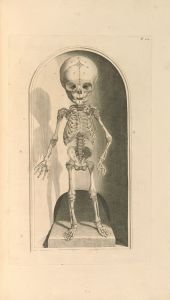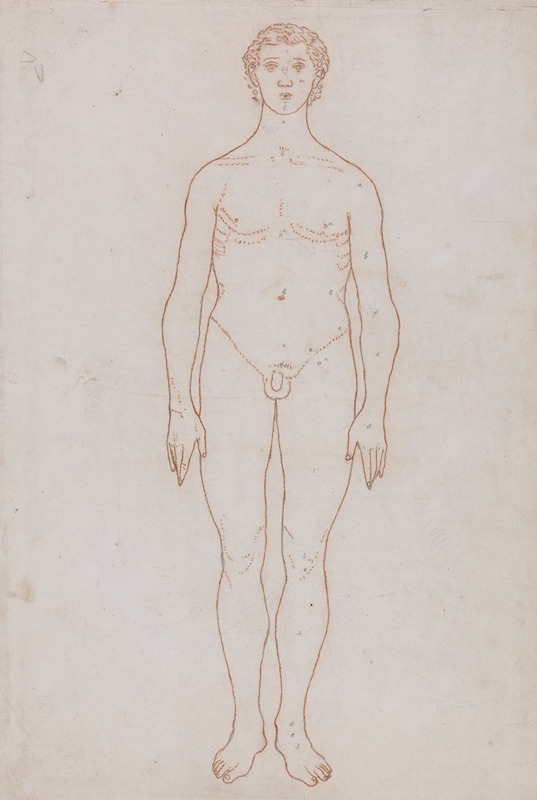
Study of the Human Figure, Anterior View
A hand-painted replica of George Stubbs’s masterpiece Study of the Human Figure, Anterior View, meticulously crafted by professional artists to capture the true essence of the original. Each piece is created with museum-quality canvas and rare mineral pigments, carefully painted by experienced artists with delicate brushstrokes and rich, layered colors to perfectly recreate the texture of the original artwork. Unlike machine-printed reproductions, this hand-painted version brings the painting to life, infused with the artist’s emotions and skill in every stroke. Whether for personal collection or home decoration, it instantly elevates the artistic atmosphere of any space.
George Stubbs was an English painter renowned for his detailed and anatomically precise depictions of animals, particularly horses. His work "Study of the Human Figure, Anterior View" is part of his broader exploration into anatomy, which was a significant aspect of his artistic and scientific endeavors. Stubbs's interest in anatomy was not limited to animals; he also studied the human form with great dedication.
"Study of the Human Figure, Anterior View" reflects Stubbs's meticulous approach to understanding the human body. Although Stubbs is primarily celebrated for his equine studies, his human anatomical drawings demonstrate his commitment to accuracy and detail. This particular study is part of a series of anatomical drawings that Stubbs created, which were informed by his direct observation and dissection of cadavers. His work in this area was groundbreaking for the time, as it combined artistic skill with scientific inquiry.
Stubbs's anatomical studies were influenced by the broader Enlightenment movement, which emphasized observation, reason, and the pursuit of knowledge. During this period, there was a growing interest in anatomy and the human body, both in the scientific community and among artists. Stubbs's work contributed to this dialogue by providing detailed visual representations that could be used for educational purposes.
The "Study of the Human Figure, Anterior View" showcases Stubbs's ability to render the human form with precision. His attention to detail is evident in the careful depiction of muscles, bones, and other anatomical features. This work, like his other anatomical studies, would have required Stubbs to have a deep understanding of human anatomy, which he gained through extensive study and practice.
Stubbs's anatomical drawings were not widely published during his lifetime, but they have since been recognized as significant contributions to both art and science. His work in this area was eventually compiled and published posthumously, allowing a broader audience to appreciate his meticulous studies. These drawings have been valuable resources for both artists and anatomists, illustrating the interconnectedness of art and science.
In addition to his anatomical studies, Stubbs is best known for his paintings of horses and other animals. His most famous work, "Whistlejacket," is a testament to his skill in capturing the majesty and anatomy of horses. However, his anatomical studies, including "Study of the Human Figure, Anterior View," highlight another dimension of his artistic talent and intellectual curiosity.
Overall, George Stubbs's "Study of the Human Figure, Anterior View" is a testament to his dedication to understanding the complexities of anatomy. Through his detailed and accurate depictions, Stubbs bridged the gap between art and science, contributing to the Enlightenment's pursuit of knowledge and understanding. His work continues to be studied and admired for its precision and insight into the human form.






